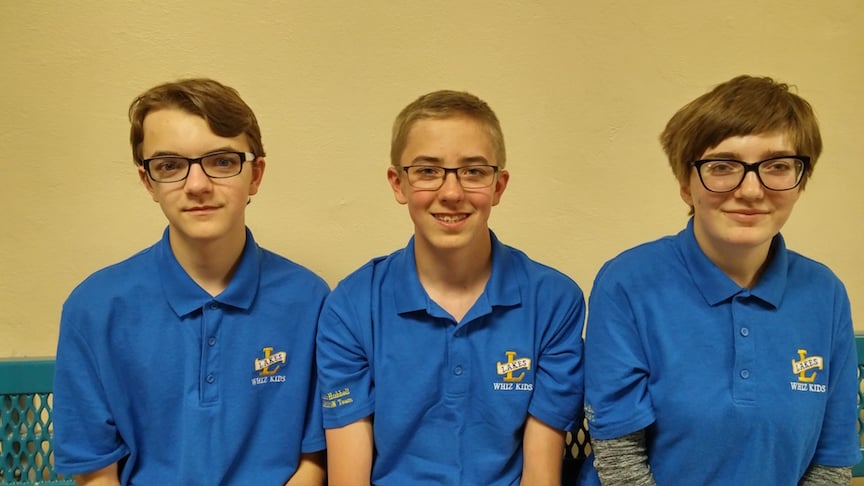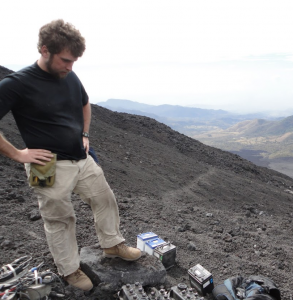The Lake Linden Whiz Kids eCybermission team along with advisors Engineering Fundamentals Senior Lecturer Gretchen Hein & 4th year chemical engineering student Ryan Knoll are in Washington DC this week. They will present their findings about using stamp sand in lightweight concrete. The presentations can be watched live and you can vote for their team for the People’s Choice Award.
Voting is from 1:30-8pm today. They would love your support. The link is: http://ecyber18.hscampaigns.com/#9thgradeteams
They will be receiving a STEM in Action Grant Award tomorrow to continue their work and will be meeting with the EPA on Monday to discuss their project. The meeting with the EPA would never have happened without help from Representative Jack Bergman. The team thanks the College of Engineering, Chemical Engineering and Engineering Fundentals for their support.
Read past stories about the team here.




